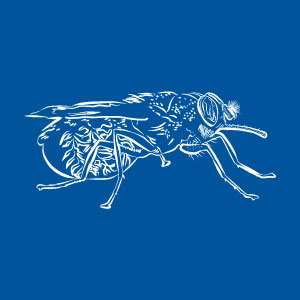
This objective involves the land cover mapping component of the study.
The land cover mapping component will show how the spread of vectors varies depending on vegetation and land type. It will outline how future changes in land cover will affect the spread of vectors. The outcomes of the land cover mapping models will be integrated with the outcomes of the climate models to predict future hotspots of infection. Land cover mapping involves the following:
Land cover change classification: This is determined using a number of imagery tools and involves the classification of each “footprint” of land.
Predicting future agricultural expansion: This will show where future tsetse habitat (dense woody vegetation) might persist. Looking at the history of past agricultural expansion will help predict future changes in land use.
Landscape and habitat covariates: This involves conducting an analysis of vegetation, including biomass, and collecting detailed measures of vegetation. In addition, topography is mapped, along with primary water resources, perceived hotspots of infection, and important grazing areas.


